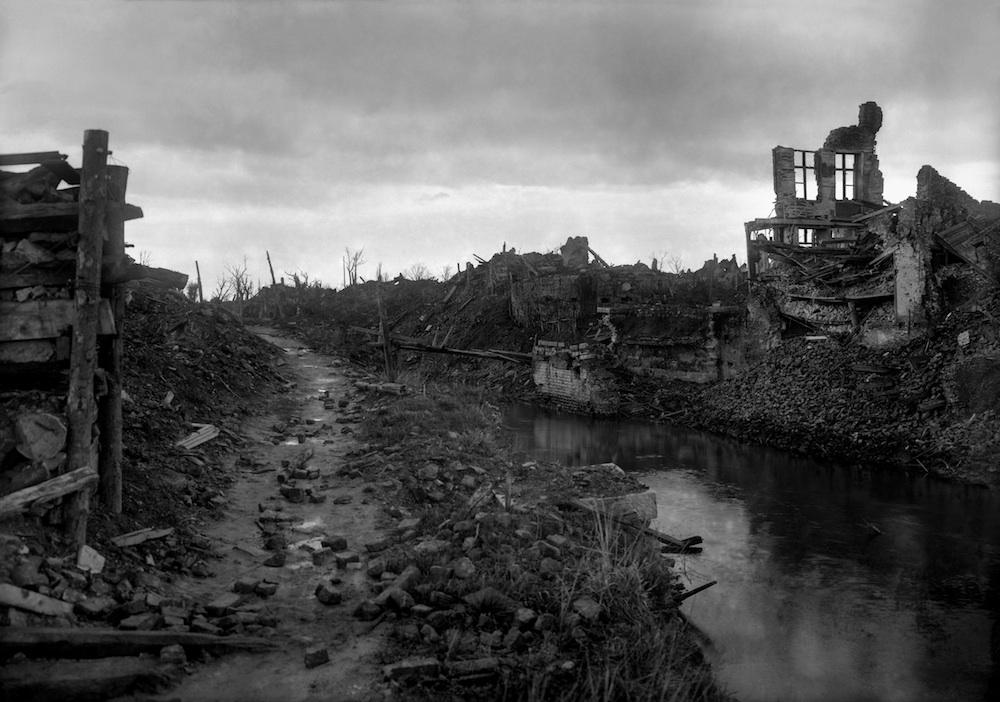World War I and Poetry about Nature- Is There a Correlation?
Introduction

Flanders Field: Remembering Their Sacrifice | American Battle Monuments Commission
Introduction to World War I in Europe
World War 1 officially started in 1914 and lasted until 1918. In its entirety, it involved just over 30 nations from around the world and included major European countries, France, Germany, Austria-Hungary, Great Britain, Belgium, Italy, Russia, Serbia, and Turkey. In the four years or so that it lasted, it left an astounding impact everywhere in the world, especially in Europe. Post-war, there were some more devastating effects such as influential empires falling and universal economic hardship striking almost every country and state involved in some way or another. Even those uninvolved, were indirectly impacted. However, there were some benefits World War I left in its wake, including a rise in nationalism and a surge in women’s agency and roles outside of the household, due to their contributions to war efforts during the war.
Introduction to Nature Symbolism
For centuries, natural elements have been offered as symbols for a plethora of emotions and particular situations. A red rose may represent the love one has for a significant other or a fire may symbolize life. But, a red rose can also represent the pain that comes from love and the fire can portray the inevitability of death. These are some examples of how one natural element can represent circumstances in a positive or negative manner. With the support of many literary devices, such as tone and imagery to name a few, the text surrounding nature words gives context to whether nature is viewed as positive or negative.
During World War I, Colonel John McCrae wrote the poem “In Flanders Fields” after a deadly battle in 1915. In the poem, he discusses the battle and the future of the soldier who are starting and continuing to fight in the war. “In Flanders Fields” contains several natural elements such as poppy flowers and larks. Although both these natural elements have positive interpretations tied to them, World War I completely decimated the land of Europe so the interpretation in this context is up in the air. Thus, the question lies: is there a meaningful connection between World War I and the expression of nature in poetry published during the war?


